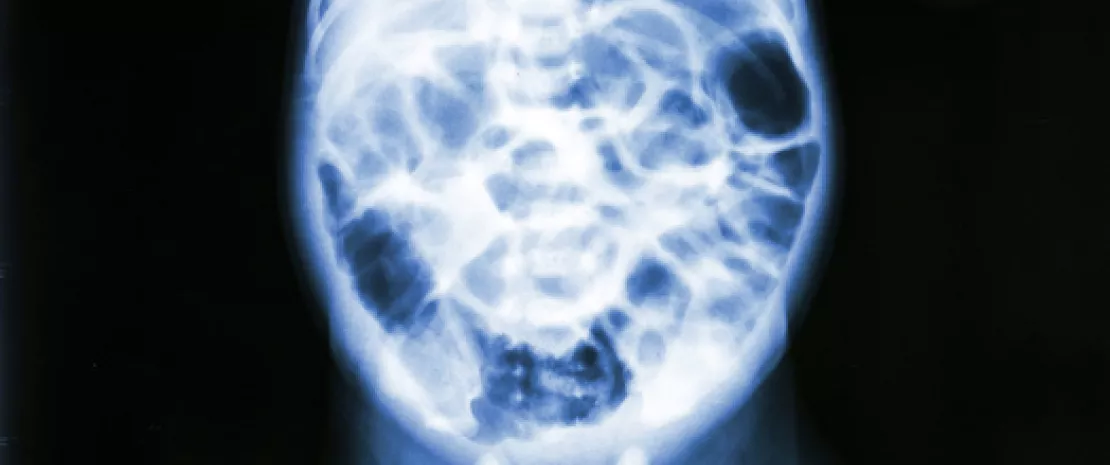Necrotizing enterocolitis in infants: could breast milk and gut microbiota have a protective role?
The composition of human breast milk and the development of the gut microbiota in the first weeks of life appear intrinsically linked, with both influencing the risk of necrotizing enterocolitis (NEC) in preterm infants.
Sources
This article is based on scientific information

About this article
A major cause of death and serious morbidity in premature infants born before 32 weeks of gestation,NEC is a complex gastrointestinal disease. The underlying mechanisms remain poorly understood, with diagnosis difficult due to a lack of specific symptoms and tests. On the other hand, certain human milk oligosaccharides ( (sidenote: Human Milk Oligosaccharide ) ), including disialyllacto-N-tetraose (DSLNT), appear to have a protective role. Hence this study assessing interactions between maternal HMO profiles and the development of the infant’s gut microbiota on the one hand, and their association with NEC on the other.
Breast milk: a critical oligosaccharide threshold
Only one oligosaccharide–DSLNT–had a lower concentration in the breast milk received by the 33 infants with NEC compared with that given to the 37 matched controls. A threshold level of 241 nmol/ml was able to predict NEC in these children (sensitivity and specificity of 0.9) and in a validation cohort 100% of NEC children, but only 60% of controls, were correctly classified. However, the cohort studied was very homogeneous, with an over-representation of Caucasian populations. In addition, the observed threshold may be influenced by genetic, geographical, ethnic or seasonal factors, underlining the need for complementary multicenter trials.
Delayed microbiota development
In addition, stool metagenomic sequencing (n=644) of a (sidenote: Sequencing limited to 48 infants for cost reasons, since many samples were taken for each child ) (14 NEC infants, 34 controls) showed a lower relative abundance of Bifidobacterium longum and a higher relative abundance of Enterobacter cloacae in the NEC infants. Microbiota development was affected by a low concentration of DSLNT in breast milk, which seems to delay the transition of the microbiota towards the types of microbial communities generally observed in older infants, but is also associated with a lower relative abundance of Bifidobacterium spp., a bacterium generally associated with good health in premature infants.
Biomarkers and probiotics on the horizon?
In sum, an analysis of the data confirms the possibility of identifying infants at risk of NEC based on the composition of the breast milk they receive, with this criterion superseding to a certain extent metagenomic profiles of the microbiome. Combining these two criteria ( (sidenote: The concentration of DSLNT in breast milk remains relatively stable over time ) and pre-disease metagenome) makes it possible to discriminate healthy children from NEC children with an accuracy of 87.5%.
These findings offer potential targets for biomarker development, disease risk stratification and microbiota modulation strategies that could prevent infant NEC. However, further work is still required, including that needed to understand the underlying mechanisms, i.e. does DSLNT act by modulating the microbiota alone, or does it work directly on the host by modifying the immune response and reducing inflammation that leads to necrosis?




